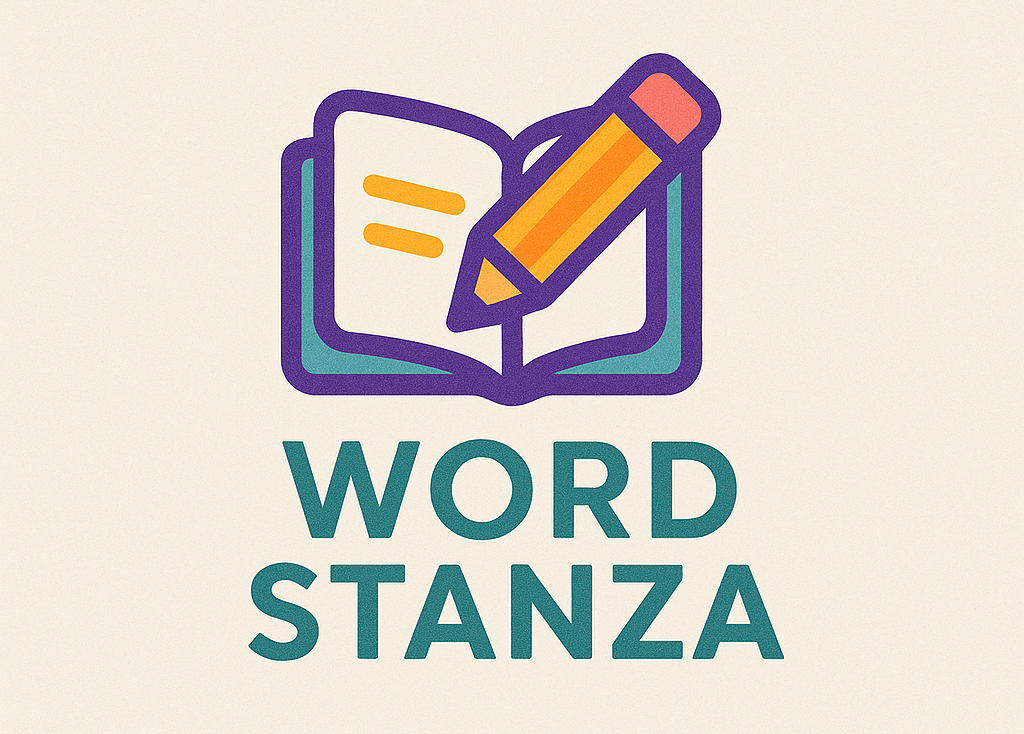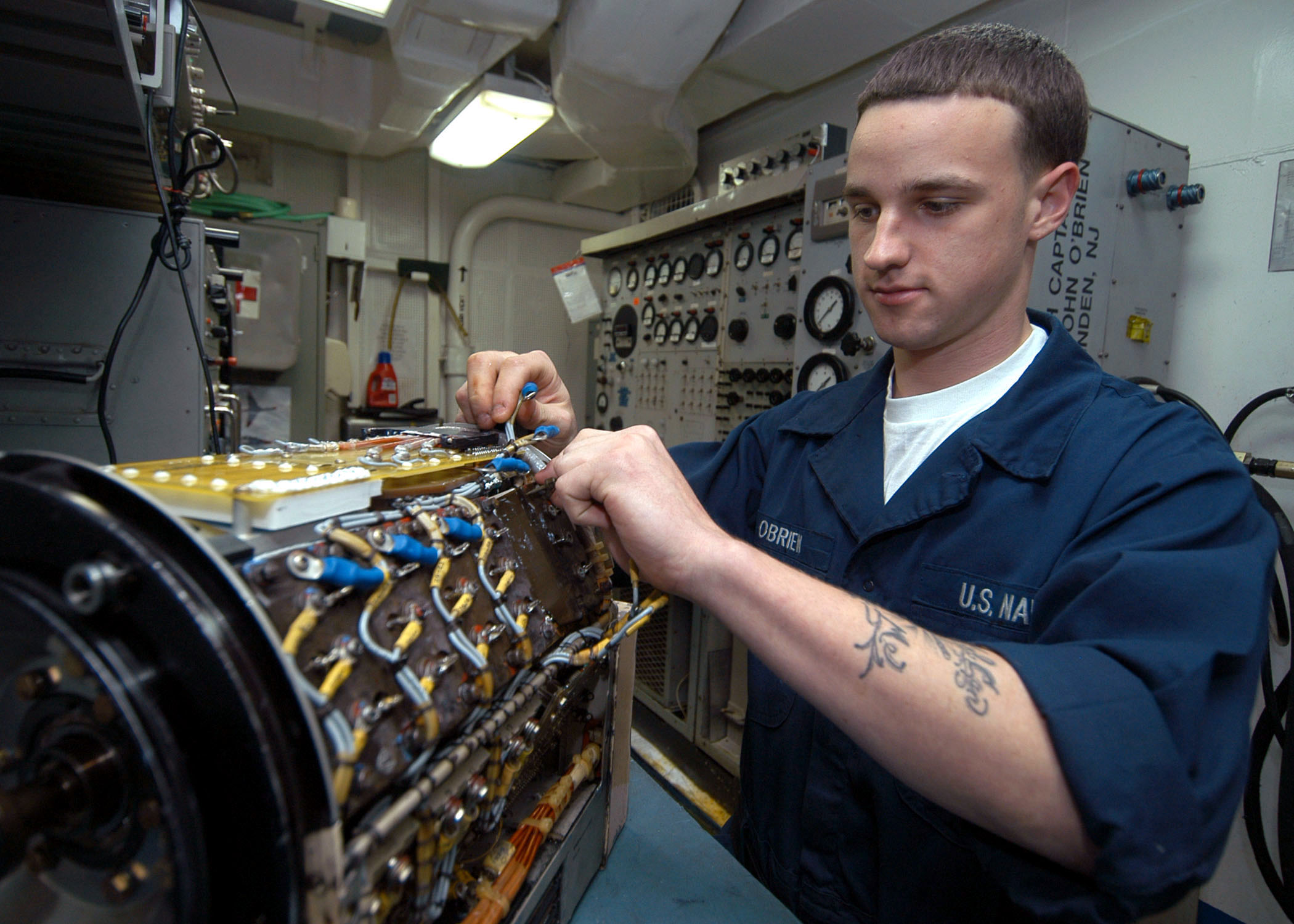Anterior cruciate ligament (ACL) injuries are common among athletes and can significantly impact one’s mobility and athletic performance. Physiotherapy plays a crucial role in the recovery process, helping individuals regain strength, stability, and confidence in their movements. Understanding the ins and outs of ACL injury physiotherapy can provide a clearer path to recovery for those affected.
ACL injuries typically occur during activities that involve sudden stops, jumps, or changes in direction. Such injuries can lead to knee instability, pain, and swelling, often requiring surgical intervention followed by comprehensive rehabilitation. Physiotherapy is integral to this rehabilitation process, as it aids in restoring the knee’s function and preventing future injuries.
The initial stages of physiotherapy focus on reducing pain and swelling while gradually improving the knee’s range of motion. Gentle exercises are introduced, tailored to the patient’s specific needs and progress. As recovery advances, the physiotherapist will incorporate strength-building exercises targeting the muscles around the knee. This step is essential to support the joint and enhance overall stability.
A personalised approach is vital in acl injury physiotherapy, with each programme designed to cater to the individual’s unique condition and goals. A physiotherapist may use various techniques, including manual therapy, to improve joint movement and flexibility. Additionally, proprioceptive exercises are often employed to enhance balance and coordination, which are crucial for a full return to activity.
The recovery process also involves addressing any psychological barriers. Many individuals experience apprehension or fear of re-injury, which can hinder their progress. A physiotherapist can help tackle these concerns through education and reassurance, ensuring the patient feels supported throughout their recovery journey.
As rehabilitation progresses, the focus shifts towards functional training. This involves exercises that mimic the specific movements and demands of the patient’s sport or daily activities. The aim is to prepare the knee for a safe return to regular activities and sports. This stage of physiotherapy not only aids in physical recovery but also boosts the person’s confidence in their ability to perform without re-injury.
Moreover, the role of physiotherapy extends beyond immediate recovery. It plays a part in long-term injury prevention. Strengthening exercises and proper movement techniques taught during rehabilitation can be incorporated into regular fitness routines, helping to safeguard against future injuries.
To learn more about effective strategies and detailed guidance on rehabilitation, visiting reputable sources such as this website can be beneficial. It is important to remember that recovery times vary, and patience is key. Staying committed to the physiotherapy programme and maintaining open communication with healthcare professionals will significantly enhance recovery outcomes.
In conclusion, ACL injury physiotherapy is a comprehensive process that addresses both physical and psychological aspects of recovery. By following a structured rehabilitation programme, individuals can regain their strength, confidence, and ultimately return to their pre-injury levels of activity.





